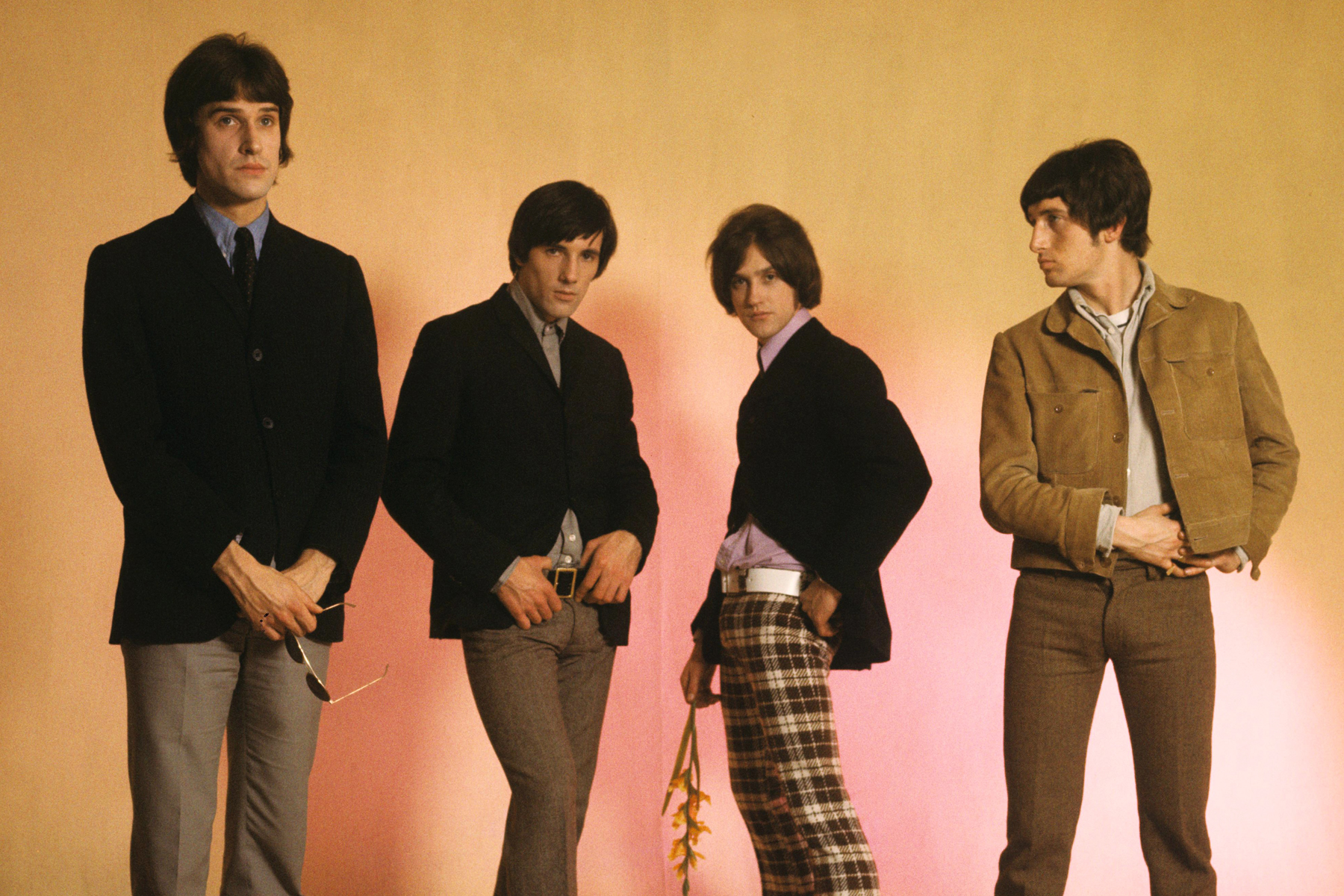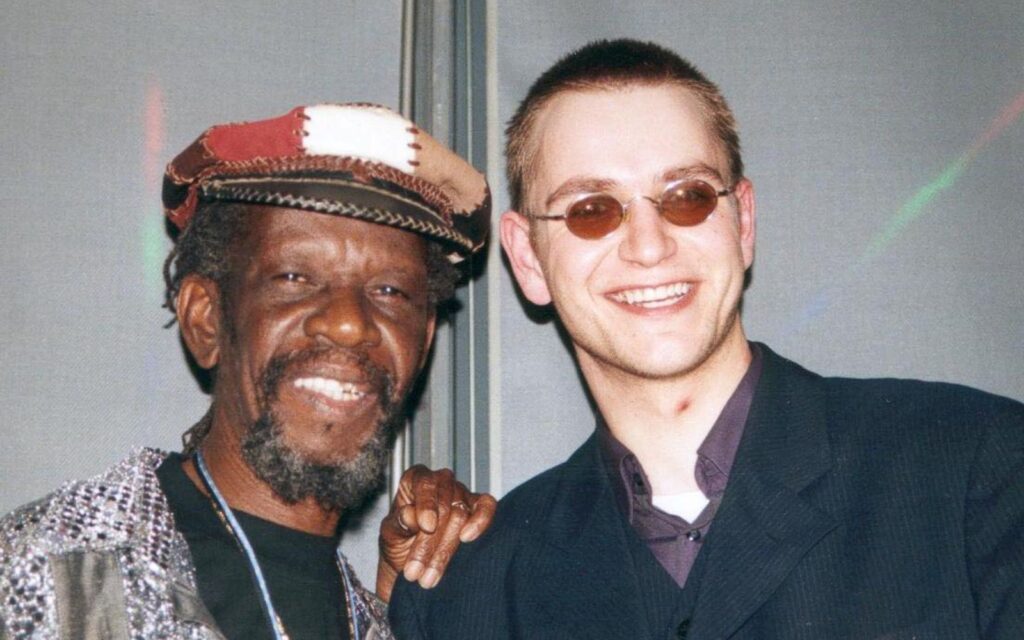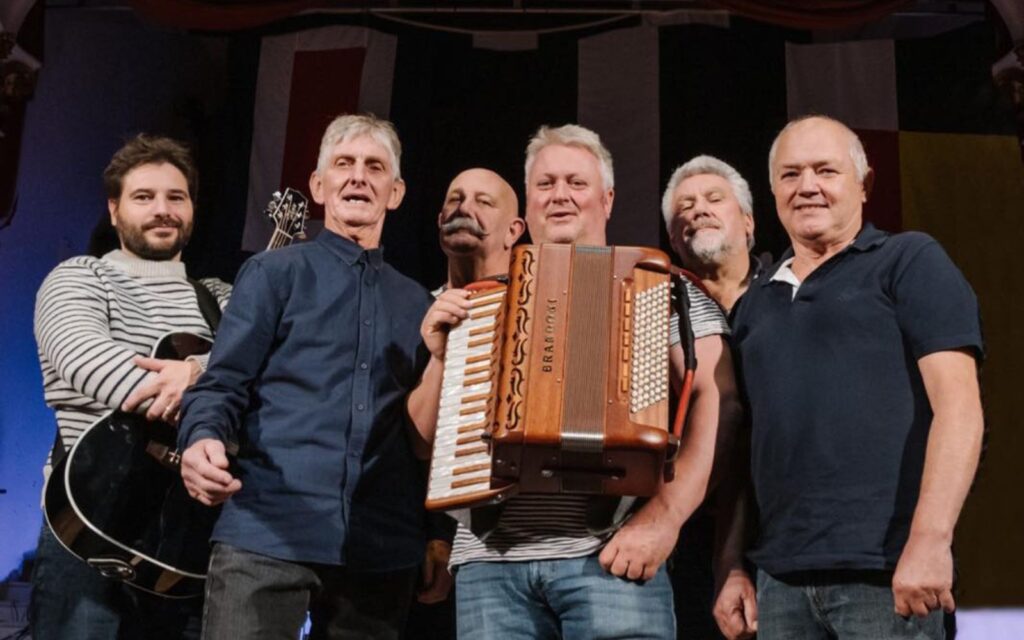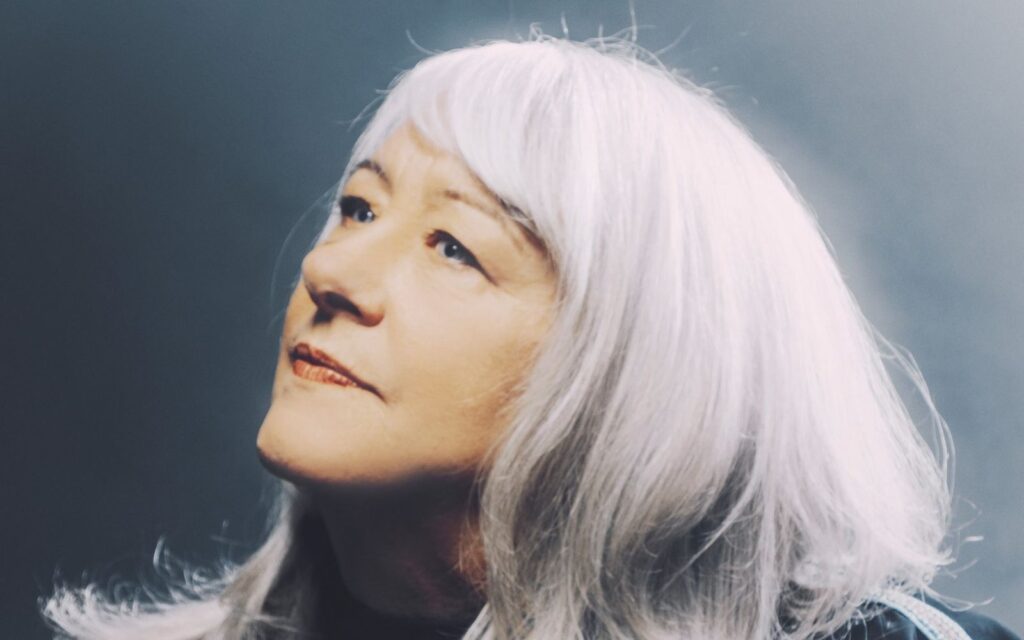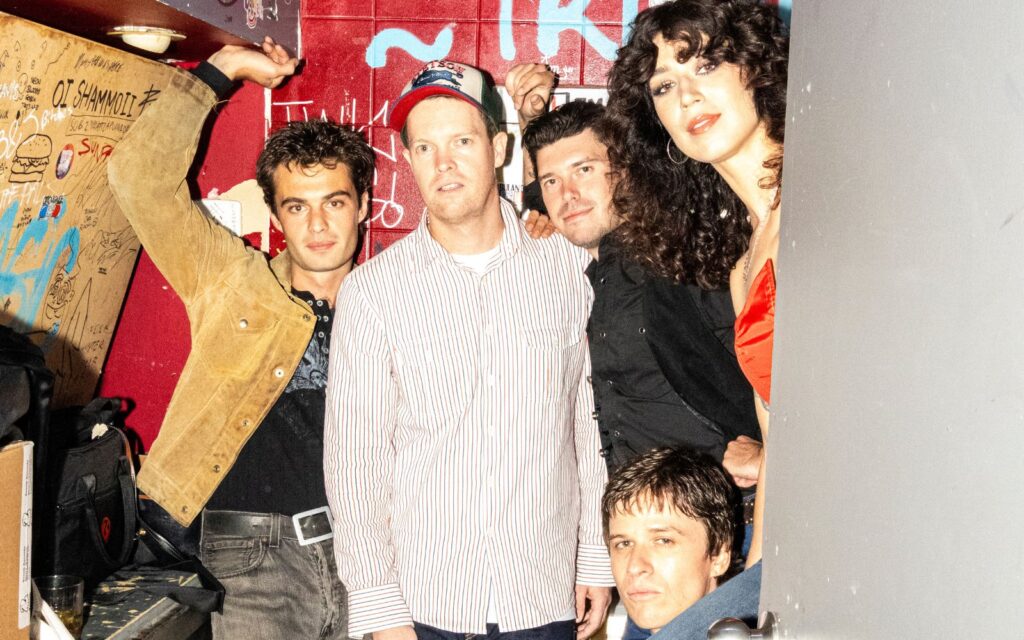It's one of the most commonly used songwriting techniques in popular music.
The power chord has been an undeniable mainstay over the past 60 years of popular music. Looking through some of the biggest rock songs of all time – such as Smells Like Teen Spirit or Iron Man – it’s easy to spot the familiar ring of the power chord.
Each time the chord appears, we’re reminded of its raw intensity, its muscular tone, its sheer force.
Keep up with the latest music news, features, festivals, interviews and reviews here.
It’s all pretty impressive for something that many argue doesn’t even count as a chord. Traditionally, a chord should be made up of three degrees – i.e. three unique notes – and when they’re played together, the characteristic of the final chord is informed by the three amounting parts.
The power chord on the other hand has less going on. It is formed out of just two degrees, which makes its inherent power somewhat counterintuitive.
However, its sound so often comes together with the help of distortion, which explains why it wasn’t used commonly until the mid-20th century.
In fact, in classical music, playing these chords back to back was considered bad form, though we can understand why composers may have thought of them as flimsy or lacklustre on the piano or strings, without the strength of distortion.
When the two note interval is distorted, a number of frequencies and harmonics are added giving the chord a richer sound. When this happens to a three note chord, too many frequencies can be generated and the effect can be cluttered and messy. With two notes, the result is bold and assertive.
The origins of the power chord are a little blurry. Throughout the 1950s, the power chord began popping up on recordings, with some pointing towards blues guitarists John Lee Hooker or Willie Johnson as the true originators.
By the late ‘50s, Link Wray had released Rumble, which others cite as the first use of the power chord, yet on a close listen, you’re able to hear this is not quite right either.
Interestingly, the song was banned on some radio stations as broadcasters feared the rough sound of the track might inspire juvenile delinquency, which says a lot about the power of the distorted guitar.
In 1964, The Kinks released their hit You Really Got Me, and with its frantic opening riff, the power chord earned a permanent spot on the mantle of rock’n’roll history.
Sounding both raucous and good-spirited at the same time, the stage was set for generations of rebellious rockers, from the Ramones to The Runaways and Green Day, with a fondness for the power chord.
For more on power chords, head here. Keep up with the latest music news, features, festivals, interviews and reviews here. Keep up with the latest music news, features, festivals, interviews and reviews here.
